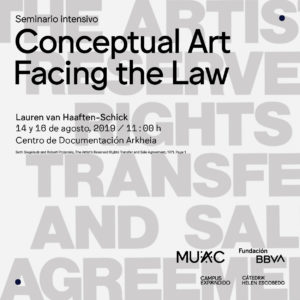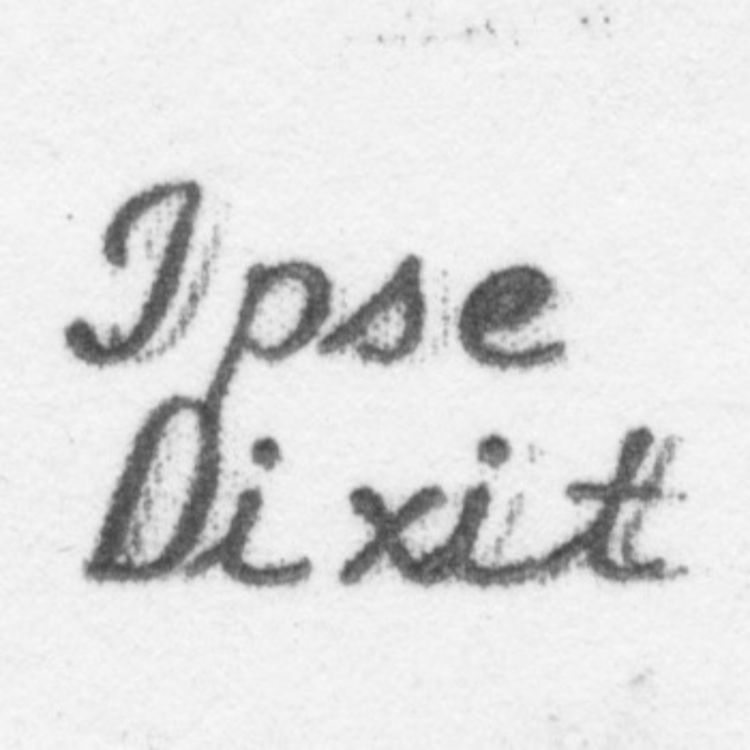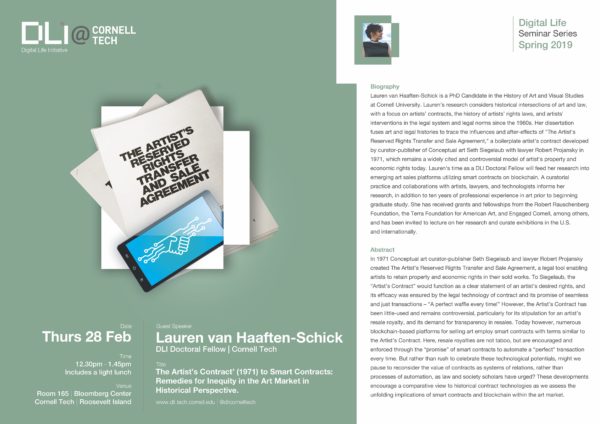Rambling about all things resale royalties, artists’ rights, and contracts, as usual! This was an especially interesting opportunity for what happened behind the scenes. Before we started the podcast, I negotiated a new guest contract that would acknowledge the collaborative dimensions of my conversation with host Michael Shaw, so that it was neither of our exclusive intellectual property but a joint work. On a practical dimension, that means that we both hold copyright in the work. On a philosophical level, it recognizes each of our contributions, and that this – as in so much creative production – is a work that could only have come into being because of what we both brought to it. Thank you Michael!
P.S.A.: Always read your contracts, and never shy away from renegotiating their terms!






